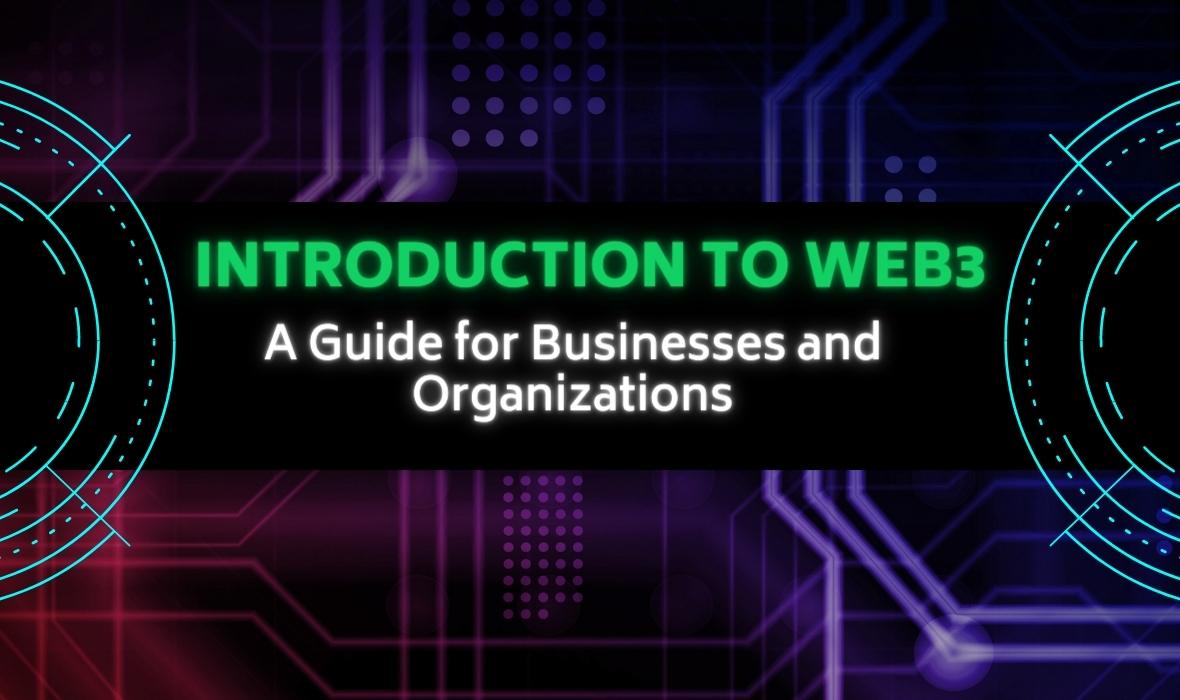
The Role of Blockchain in Web2 to Web3 Migration
The world is rapidly changing, and so is the internet. As we move from Web 2.0 to Web 3.0, blockchain technology will play a crucial role in this migration. In this article, we will explore what blockchain technology is, how it differs from a traditional database, and the role it will play in the transition from Web 2.0 to Web 3.0. Additionally, we will discuss smart contracts and how they are related to blockchain technology.
What is blockchain technology?
Blockchain technology is a decentralized, digital ledger that records transactions across a network of computers. This ensures that the data is secure and cannot be tampered with, as every computer in the network must agree on the validity of the transaction before it is added to the blockchain. The transactions are stored in blocks, which are cryptographically linked to the previous block, creating a chain.
The most well-known application of blockchain technology is the cryptocurrency Bitcoin. However, the technology has evolved and found its way into various other industries, including supply chain management, healthcare, and finance.
What is a smart contract?
A smart contract is a self-executing contract with the terms of the agreement between two parties directly written into lines of code. These contracts are stored on the blockchain, and the code ensures that the contract is executed automatically once the agreed-upon conditions are met. Smart contracts enable trustless, transparent, and secure transactions without the need for intermediaries, like banks or lawyers.
How is blockchain different from a database?
There are several key differences between blockchain technology and traditional databases:
- Decentralization: Unlike a centralized database, blockchain is a decentralized system, meaning that it is not controlled by a single entity. This helps prevent the risk of data manipulation or corruption.
- Immutability: Once a transaction is added to the blockchain, it cannot be altered. This ensures the integrity of the data stored on the blockchain.
- Security: Blockchain uses advanced cryptographic techniques to ensure the data is secure and resistant to hacking attempts.
- Transparency: All the transactions recorded on the blockchain are visible to everyone in the network, ensuring transparency and traceability.
What will be the role of blockchain in the web2 to web3 migration?
As we move from Web 2.0 to Web 3.0, blockchain technology will play an essential role in the following ways:
- Decentralized applications (DApps): Web 3.0 will see a rise in decentralized applications that run on a peer-to-peer network, as opposed to being hosted on centralized servers. Blockchain technology enables the creation of these DApps, providing a secure and transparent infrastructure.
- Digital identity management: Blockchain technology can provide secure and decentralized identity management systems, ensuring user privacy and control over personal data.
- Data ownership and monetization: Web 3.0 aims to give users control over their data and the ability to monetize it. Blockchain can facilitate this by providing a secure and transparent way of storing and sharing data.
- Decentralized finance (DeFi): Blockchain technology enables the creation of decentralized financial systems, allowing users to access various financial services without relying on traditional banks and financial institutions.
What is Web 3.0?
Web 3.0 is the next generation of the internet, which envisions a decentralized, user-centric web. Unlike Web 2.0, which is built on centralized platforms controlled by a few large corporations, Web 3.0 aims to provide a more democratic and participatory internet experience. It focuses on empowering users by giving them control over their data and digital identities and enabling direct peer-to-peer transactions without intermediaries. Web 3.0 technologies, such as blockchain and artificial intelligence, will play a significant role in achieving these goals.
Some of the key features and characteristics of Web 3.0 include:
- Semantic Web: Web 3.0 aims to create a more intelligent and context-aware internet, where machines can understand and process data, just like humans do. This will lead to more efficient search engines, personalized recommendations, and more accurate data analysis.
- Interoperability: Web 3.0 will allow different platforms, devices, and applications to communicate seamlessly with each other, enabling a more interconnected and integrated digital ecosystem.
- Decentralization: As mentioned earlier, one of the core principles of Web 3.0 is decentralization. This means moving away from centralized control and towards a distributed, peer-to-peer network that empowers users and promotes transparency.
- Privacy and security: With an increased focus on user privacy and data security, Web 3.0 technologies like blockchain can provide secure and encrypted solutions to protect users’ digital identities and data.
In conclusion, the migration from Web 2.0 to Web 3.0 will bring about significant changes in the way we interact with and use the internet. Blockchain technology, with its decentralized nature, immutability, and transparency, will play a crucial role in this transition.
The rise of decentralized applications, digital identity management, data ownership, and decentralized finance are just a few examples of the ways in which blockchain will help shape the future of the internet. By enabling a more democratic, user-centric, and secure online experience, blockchain technology will be a driving force in the evolution of the web from Web 2.0 to Web 3.0.
As we continue to explore the potential of blockchain and other emerging technologies, it’s crucial for businesses, developers, and users alike to adapt and embrace these innovations. The future of the internet lies in the hands of those who are willing to reimagine what’s possible, and blockchain will undoubtedly be a pivotal technology in the journey from Web 2.0 to Web 3.0.



